The Salmon's ability to return to its home river after a year or more in the North Atlantic is an astonishing feat of navigation, perseverance and physical transformation.
The Migration
From feeding grounds in the North Atlantic to the upper reaches of the River Tyne.
Time and Distance
Approximately 3000 km. The initial migration through the marine environment may take many months. Following entry into freshwater, Salmon begin a ‘within-river’ phase of migration. The time taken to complete this migration and reach final spawning destinations is dependent on the time of year that fish enter the river, but may last almost a full year for early entrants.
Energy
Salmon feed voraciously whilst in the sea and stop feeding when they approach freshwater. They are entirely dependent on stored energy reserves whilst resident in freshwater.
Reason for Migration
To return to natal tributaries of rivers in order to reproduce.
Conservation
Salmon populations are declining across the entire distribution range of the species and stocks are in a depleted state on both sides of the Atlantic. Reasons for the decline in stocks are poorly understood. However, factors including habitat degradation, food availability, over exploitation, pollution and barriers to migration are all potential contributors. International conservation efforts are coordinated by the North Atlantic Salmon Conservation Organisation (NASCO), while the UK and other governments have strict policies on the management and conservation of salmon stocks.
The Project
The River Tyne is one of the best salmon rivers in England and Wales. The Centre for Environment, Fisheries and Aquaculture Science (Cefas) are currently undertaking a large-scale tracking programme to investigate the migratory behaviour of salmon in the River Tyne. Returning adult fish are caught and tagged with acoustic transmitters at the mouth of the estuary and their subsequent movements monitored by a series of strategically deployed acoustic receivers. Using this technology, the progress of individual salmon tagged in the spring will be monitored as they pass the cities of Newcastle and Gateshead, ascend the river and hopefully survive to spawn in November/December.
For a list of Ian Cook's photography and TravelGumbo contributions, please click on this link

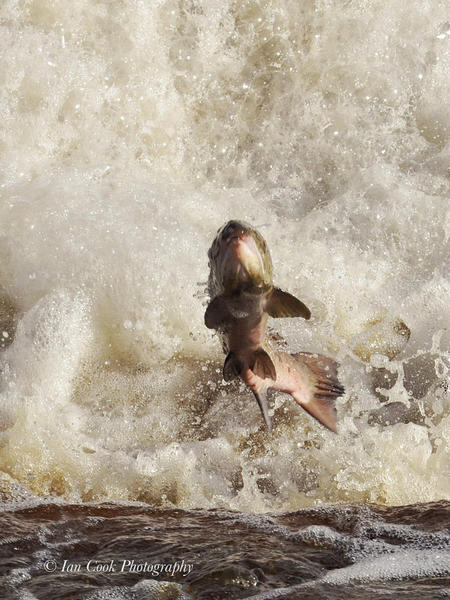
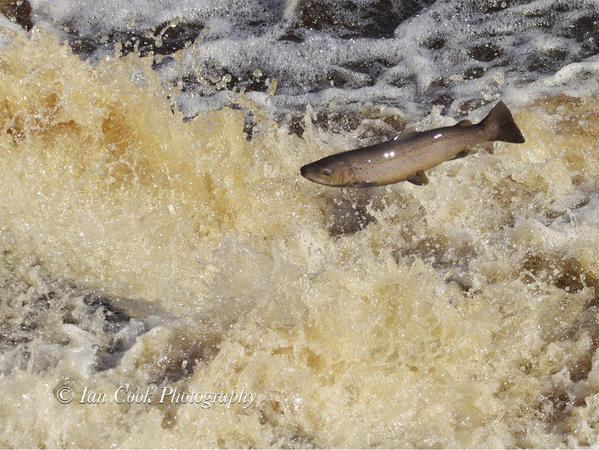
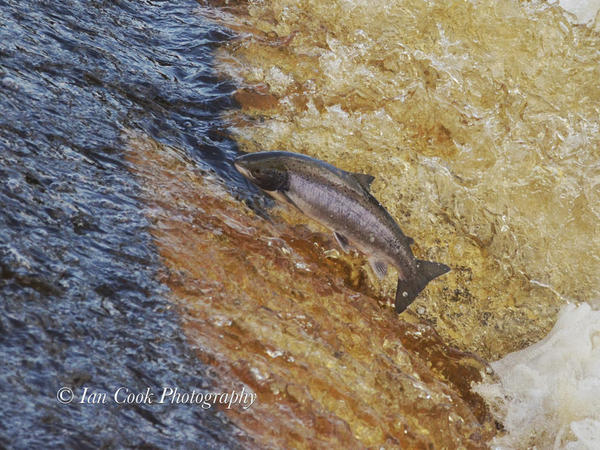
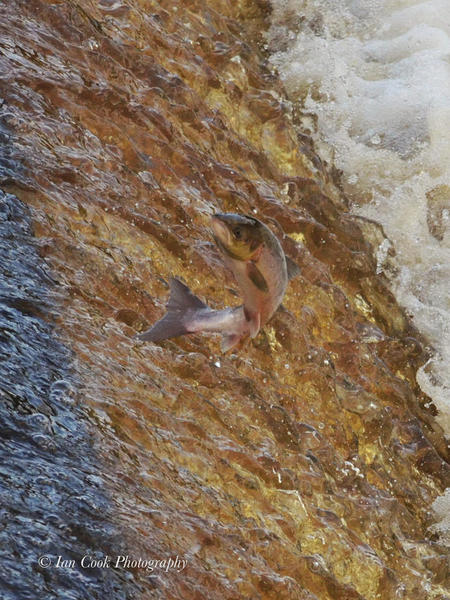
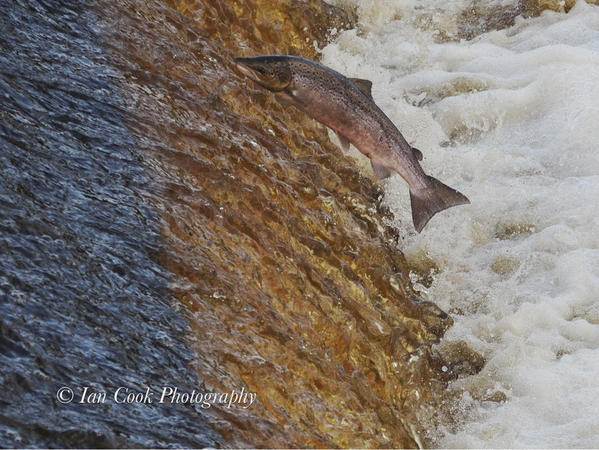
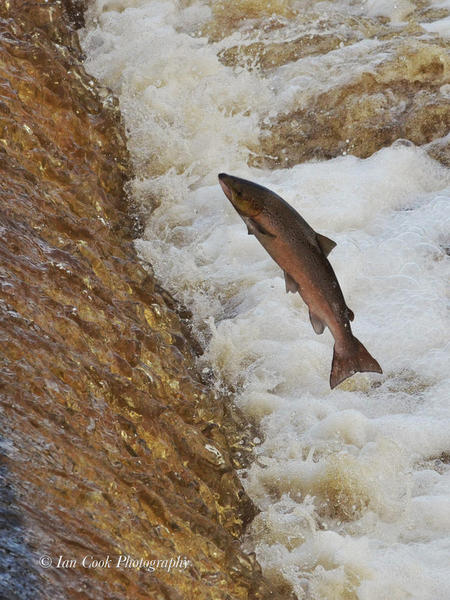

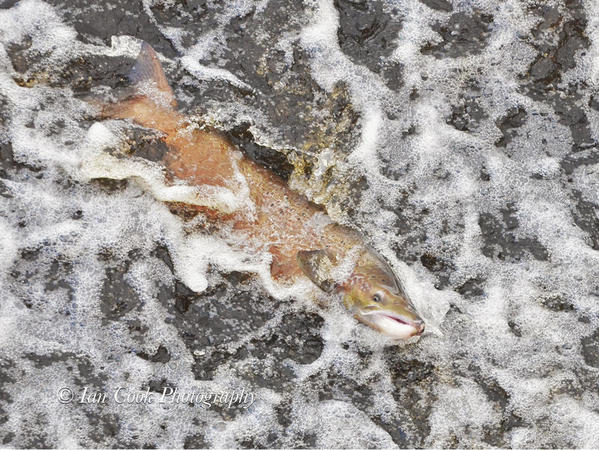
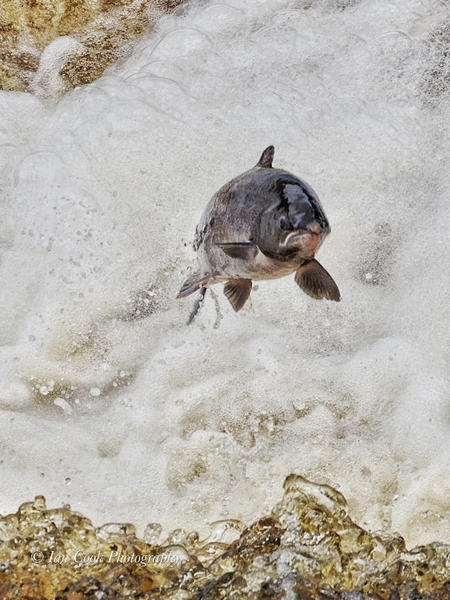
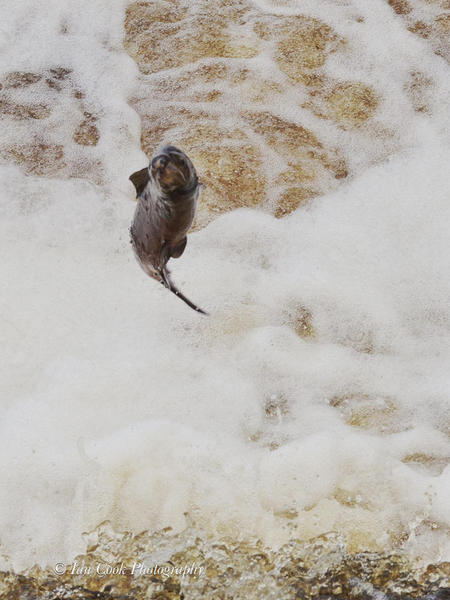
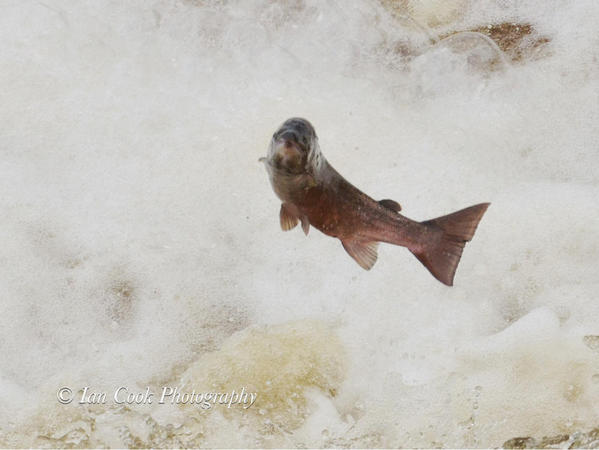
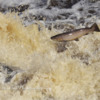
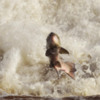
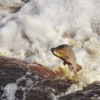
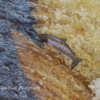
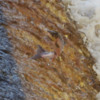
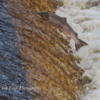
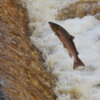
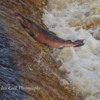
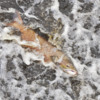
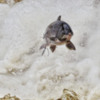
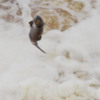
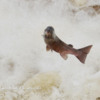
Comments (5)